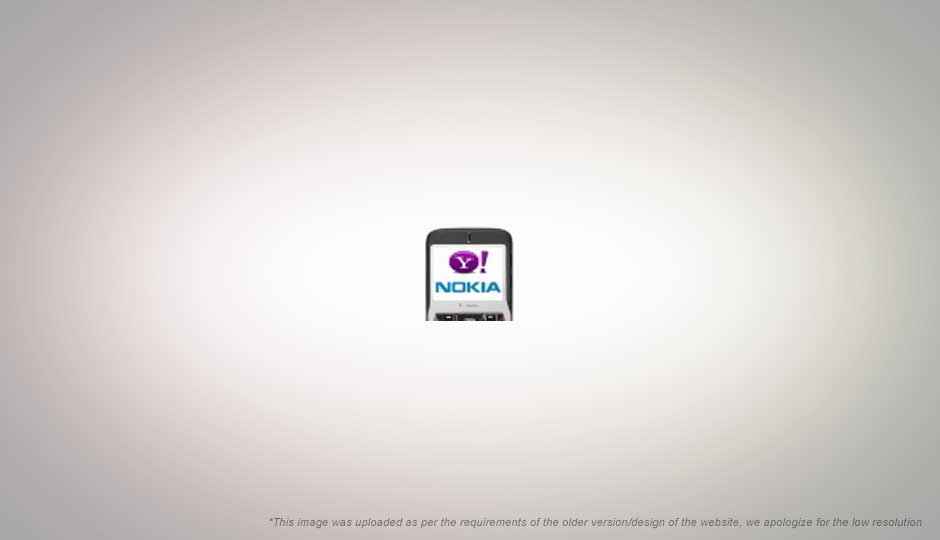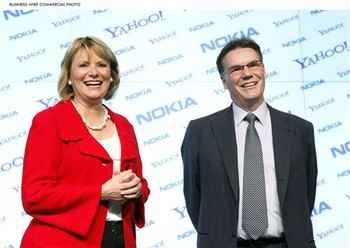Nokia and Yahoo join hands to make maps, email and instant messaging better


Nokia and Yahoo have formally announced their partnership at a press conference in New York yesterday, where Yahoo’s CEO Carol Bartz and Nokia’s CEO Olli-Pekka Kallasvuo revealed details about the deal that were pleasantly different from all the speculation that has been going around ever since the conference was announced.
Both companies will use their respective strengths to benefit each other, with Nokia giving the reins of its Ovi Mail and Chat services to Yahoo, and Yahoo on the other hand, gaining Nokia’s premier geolocation technology.
The companies will be launching their co-branded solutions in the second half of 2010, when users will see Nokia’s Ovi Mail and Chat say “powered by Yahoo”, and Yahoo’s maps say “powered by Ovi”. Another aspect of their deal will see Ovi users having direct access to some of Yahoo’s online services and contents with their Ovi ID, though details about which services have not yet been disclosed.
Carol Bartz commented on the partnership, saying that it is intended to give Yahoo users a “richer experience”, as they haven’t focused a lot on their “maps platform” in the past. She added that “this alliance changes that. It’s a great example of an approach to partnership…It’s increasing[ly] a part of Yahoo’s DNA to partner. We’ll partner with others when we need to add strength to our services.”
Nokia’s Olli-Pekka Kallasvuo talked about how this will bring Yahoo’s premier services to many more parts of the world, especially in those areas where phones are a source of internet connectivity. It is also hoped that the deal will affect Nokia’s popularity in the United States, where it has been struggling to gain a solid foothold for years, unlike its strong presence in the rest of the world.
Yahoo is definitely also trying new things to enhance its slowly decaying image, with a search and advertising collaboration with Microsoft, and the recent deal with Samsung to feature Yahoo Mail, Calender, and Contacts as pre-loaded apps on their phones.
Picture courtesy: AP
